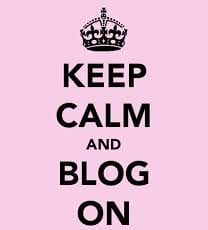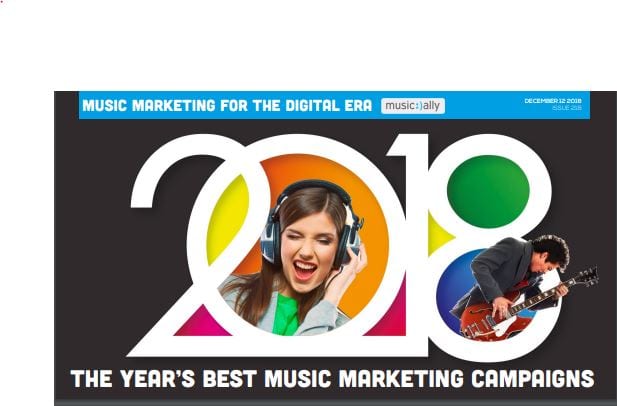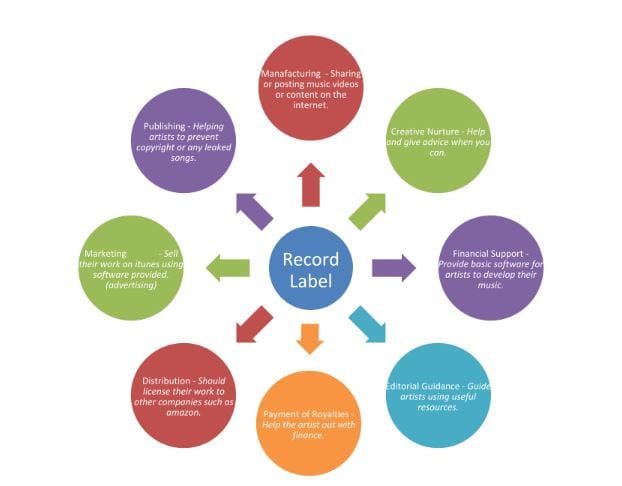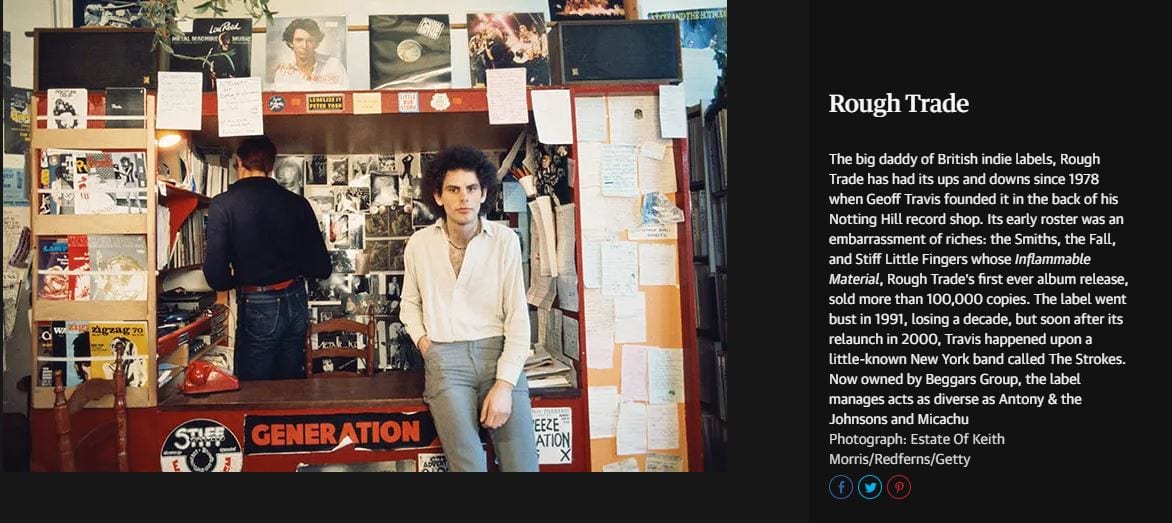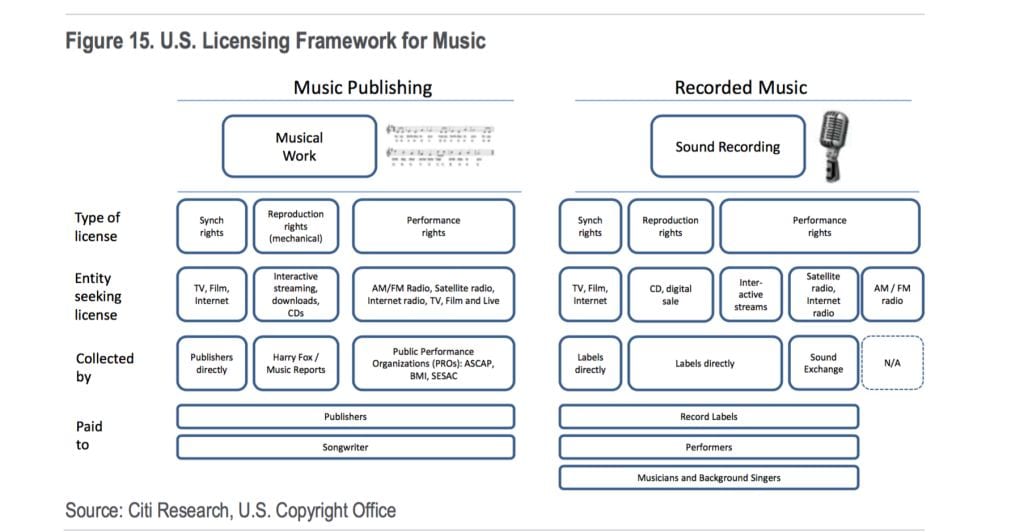In order to write a response to the Music Industry question in the Audience and Institution section of Component 2, you must include the usual TEAS structure.
Terms – those terms to do with the music industry – you have learnt so far: production, distribution, marketing, exchange, exhibition, download, viral marketing, pluggers, managers, agents, record, labels, conglomerates, labels, The Big 3, digital technology etc.
Analysis/Significance – relating the examples to the question and how they might evidence, support or not, the question.
Examples: Case Studies…
…as young people you already have a number of case studies you could use from your own experience of the music industry; you all stream, download, go to festivals, watch music videos, belong to fan sites and follow etc. Some of you might also make music too.
But you need more than just that – you will need a range of up to date and specific case studies to help craft your argued response to the question.
We will be studying in depth one of the Big 3 and also an indie record label but we will also be expecting you to have some ‘scatter gun’ case studies you can call upon.
Music Industry case study power point i
- Each class will have their own copy in classroom.
- You will be allocated a story – you must read it – digest it and then
- In no more than 5 bullet points – summarise the main points of the article – stats, facts and its significance to either PDME.
- You will then share your story with the class.
